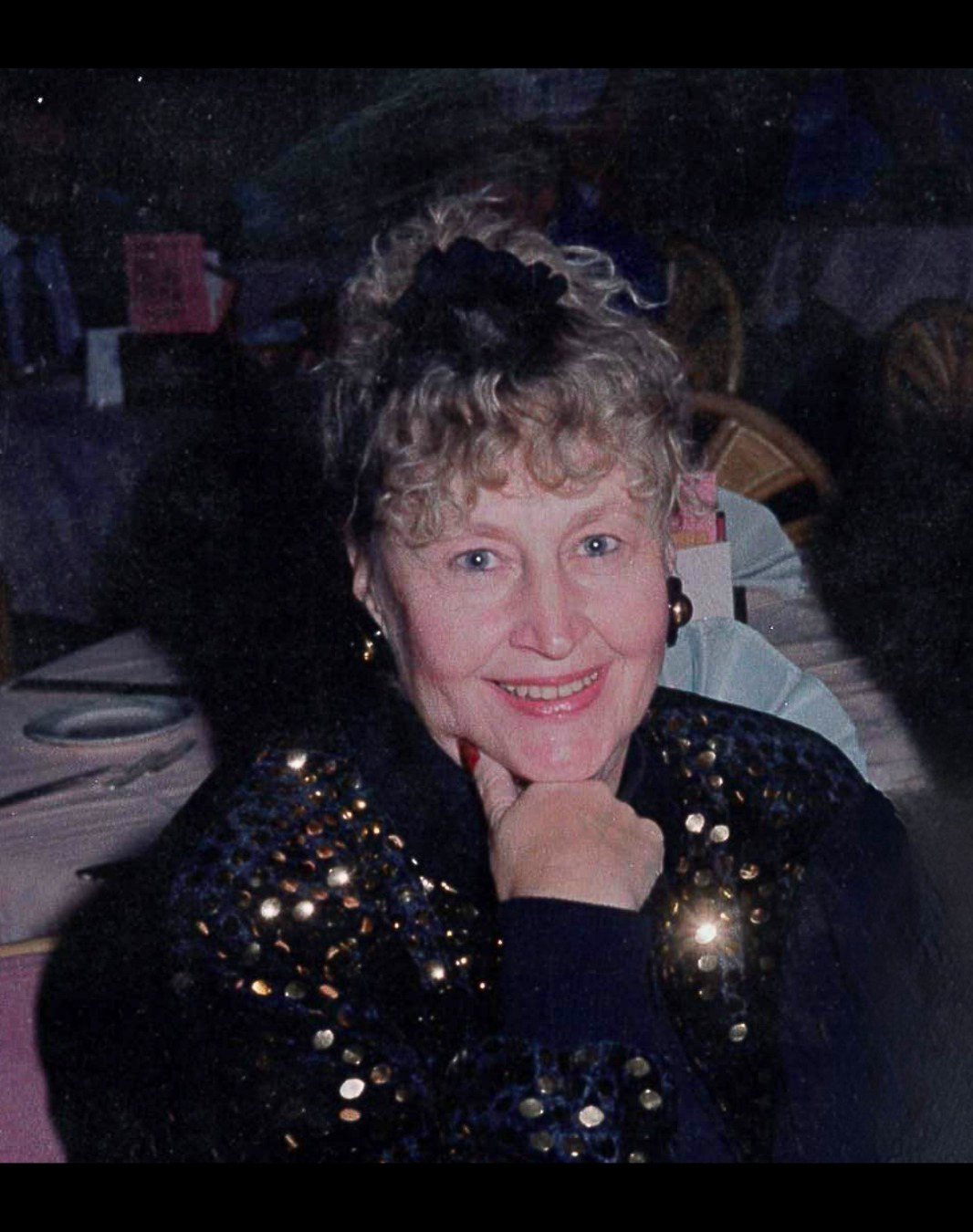Research published in the Canadian Medical Association Journal has unveiled risk prediction tools designed to identify patients most vulnerable to overdose and death following a “before medically advised” (BMA) hospital discharge. These discharges, which occur against medical advice, are a significant concern, as patients are about twice as likely to die and approximately ten times more likely to experience an illicit drug overdose within the first 30 days after leaving the hospital.
Every year, around 500,000 people in the United States and 30,000 people in Canada opt for BMA discharges. According to Dr. Hiten Naik from the University of British Columbia, the ability to calculate an individual patient’s risk of death and overdose could foster more informed discussions between clinicians and patients. This discussion would consider the patient’s decision-making capacity and explore strategies to mitigate risks associated with early discharge.
Research Findings and Models Developed
Researchers developed two models to assess risk: one estimates the likelihood of death from any cause within 30 days following a BMA discharge, while the second focuses on patients with a history of substance use to estimate the risk of illicit drug overdose. The study analyzed data from British Columbia, examining two distinct cohorts.
Cohort A comprised 6,440 adults from the general population who initiated a BMA discharge, while Cohort B included 4,466 individuals with a history of substance use. In the first cohort, researchers discovered that the incidence of death was lower than anticipated, with only one death occurring within 30 days for every 63 BMA discharges. Significant predictors of death included multimorbidity, heart disease, and cancer.
Conversely, in Cohort B, factors such as homelessness, income assistance, opioid use disorder, non-alcohol substance use disorder, and a history of drug overdose were identified as strong predictors of illicit drug overdose post-discharge. Notably, the researchers found that for patients with a substance use background, the risk of overdose was alarmingly high, with approximately one overdose occurring within 30 days for every 19 BMA discharges.
Implications for Healthcare Systems
The findings suggest that the period immediately following BMA discharge represents a critical opportunity for overdose prevention, which has not been extensively explored. The researchers advocate for the implementation of risk prediction models within hospitals and healthcare systems to enhance the management of high-risk discharges. Such systems could include alerts and automatic enrollment in support programs for vulnerable patients.
Dr. Naik and his co-authors emphasize that these models provide a valuable starting point for identifying at-risk patients who may require increased support. By reducing uncertainty surrounding the risks associated with BMA discharges, the estimates may also alleviate moral distress among clinicians when faced with these challenging decisions.
The study underscores the importance of integrating risk assessment tools in clinical practice to improve patient outcomes and address the urgent issue of overdose following early hospital discharges.
For further details, refer to the article “Predicting drug overdose and death after ‘before medically advised’ hospital discharge” in the Canadian Medical Association Journal (2025). DOI: 10.1503/cmaj.250492.







